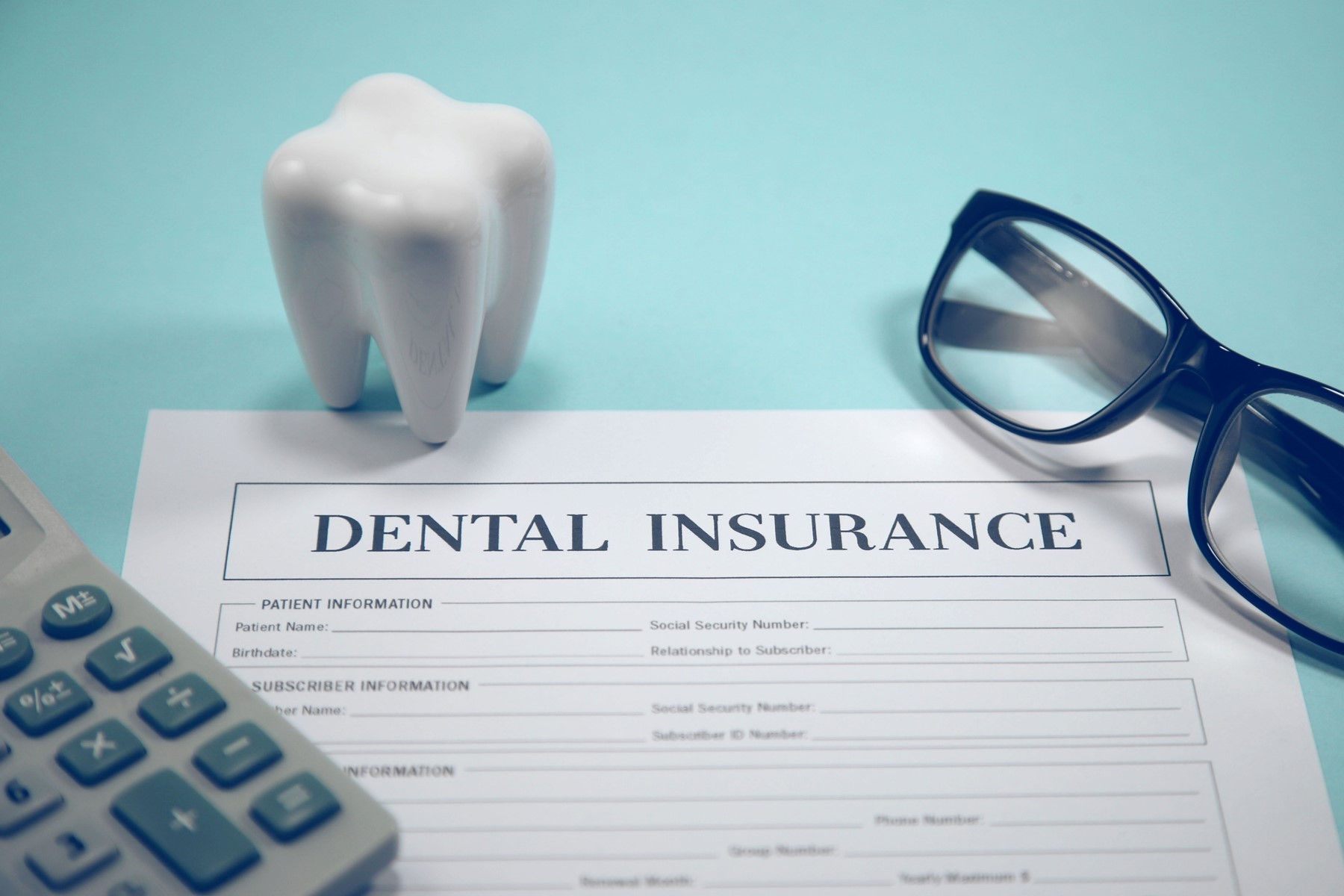Dental Insurance 2024/2025: Your Comprehensive Guide to Coverage, Costs, and Trends
Dental insurance plays a crucial role in maintaining oral health, offering financial protection against the high costs of dental care. As we progress through 2024 and look ahead to 2025, understanding the landscape of dental insurance is essential for making informed decisions about your coverage. This guide provides an in-depth look at the current state of dental insurance, including coverage options, cost trends, and what to expect in the coming years.
🦷 Understanding Dental Insurance Coverage
Dental insurance plans typically cover a range of services, categorized into three main classes:
Class I: Preventive Services
These are essential for maintaining oral health and include:
-
Exams and Cleanings: Routine check-ups and professional cleanings to prevent dental issues.
-
X-rays: Diagnostic imaging to detect underlying problems.
-
Fluoride Treatments: Often recommended for children and individuals at risk of cavities.
Class II: Basic Services
These services address common dental problems and may include:
-
Fillings: Treatment for cavities.
-
Extractions: Removal of damaged or decayed teeth.
-
Periodontal Maintenance: Care for gum disease.
Class III: Major Services
These are more complex procedures, often requiring higher out-of-pocket costs:
-
Crowns and Bridges: Restorative treatments for damaged or missing teeth.
-
Root Canals: Treatment for infected tooth pulp.
-
Dentures and Implants: Solutions for tooth replacement.
It’s important to note that coverage for these services can vary significantly between plans, with preventive services often fully covered and major services subject to deductibles, co-pays, and annual maximums.
💰 Dental Insurance Costs in 2024/2025
Premium Trends
In 2024, dental insurance premiums have experienced modest increases. For instance, Covered California announced a 4.31% average rate change for dental coverage in 2024, marking the first increase since 2020 . However, premiums remain relatively stable compared to overall healthcare costs.
Out-of-Pocket Expenses
While premiums may be manageable, out-of-pocket costs can add up, especially for major dental procedures. Many plans have annual maximums, typically ranging from $1,000 to $2,500, beyond which the insured is responsible for the full cost of services .
🔍 Dental Insurance Plan Types
Choosing the right dental plan depends on your specific needs and preferences. The two primary types of dental insurance plans are:
Health Maintenance Organization (HMO)
-
Network Restrictions: Requires choosing a primary care dentist and obtaining referrals for specialists.
-
Lower Premiums: Generally offers lower monthly premiums and out-of-pocket costs.
-
Limited Flexibility: Coverage is limited to services provided by in-network dentists.
Preferred Provider Organization (PPO)
-
Greater Flexibility: Allows you to see any dentist, though staying within the network reduces costs.
-
Higher Premiums: Typically comes with higher monthly premiums and deductibles.
-
Balance of Cost and Choice: Offers a middle ground between cost and provider flexibility.
Understanding these differences can help you select a plan that aligns with your dental care needs and financial situation.
🏥 Dental Coverage Through the Marketplace
Dental coverage is available through the Health Insurance Marketplace, either as part of a health plan or as a standalone dental plan (SADP). Key points include:
-
Essential Health Benefits: Pediatric dental coverage is considered an essential health benefit under the Affordable Care Act, meaning it must be offered to children under 18 .
-
Adult Coverage: Adult dental coverage is not mandatory and may be offered as an add-on to health plans.
-
Premiums and Subsidies: While dental premiums are generally lower than health plan premiums, adults must typically cover the full cost without subsidies .
When selecting a plan, consider whether dental coverage is included in your health plan or if a separate dental plan is more cost-effective.
📈 Trends in Dental Insurance Utilization
Recent studies have highlighted several trends in dental insurance utilization:
-
Preventive Care Emphasis: There has been a 7.2% increase in preventive dental services, such as cleanings and check-ups, indicating a growing focus on maintaining oral health .
-
Deferred Major Treatments: Utilization of major restorative treatments, like crowns and implants, has declined slightly by 2.9%, possibly due to cost concerns or annual maximum limits.
-
Growth in Fully-Insured Plans: The number of Americans enrolled in fully-insured dental plans has increased by 9 million from 2019 to 2023, totaling 97.6 million covered lives .
These trends suggest a shift towards prioritizing preventive care while managing costs associated with more expensive dental procedures.
🧾 Choosing the Right Dental Plan
Selecting the appropriate dental plan involves evaluating several factors:
-
Coverage Needs: Assess your dental health and anticipate potential needs for preventive, basic, or major services.
-
Budget: Consider both monthly premiums and potential out-of-pocket costs, including deductibles and co-pays.
-
Provider Network: Ensure your preferred dentists are included in the plan’s network to maximize benefits.
-
Plan Limits: Be aware of annual maximums and coverage limits to avoid unexpected expenses.
By carefully considering these aspects, you can choose a dental plan that provides comprehensive coverage while fitting within your budget.
🌐 Resources for Further Information
For more detailed information and comparisons of dental insurance plans, consider the following resources:
These resources offer tools to compare plans, understand coverage options, and find providers in your area.
✅ Final Thoughts
Dental insurance in 2024/2025 continues to evolve, with trends indicating a stronger emphasis on preventive care and a steady increase in fully-insured plan enrollment. By understanding the types of coverage available, associated costs, and current utilization trends, you can make informed decisions about your dental health coverage. Remember to review your dental insurance plan annually to ensure it meets your changing needs and to take full advantage of available benefits.
If you need assistance comparing dental insurance plans or understanding specific coverage options, feel free to reach out to our team for personalized guidance.
